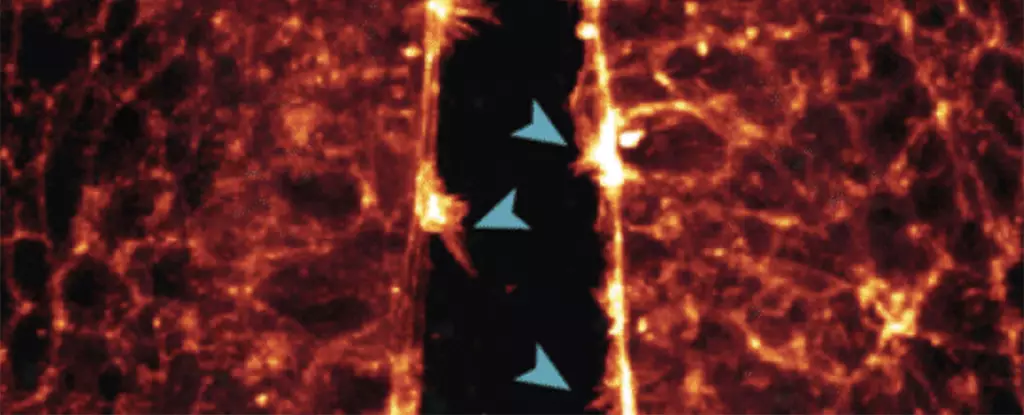In a groundbreaking study conducted by researchers in Australia, quail eggs have been utilized to gain insights into the early developmental processes of embryos. This unique approach provides a real-time look at how cells migrate, interact, and form organs within the embryo.
Through the use of quail eggs carrying a fluorescent peptide that binds to actin proteins, scientists were able to observe the formation of vital structures such as the heart, brain, and spinal cord. This technique allowed for high-resolution imaging of key developmental milestones that were previously only studied in static slides.
The findings from this study offer valuable information on the mechanisms underlying birth defects. By witnessing the intricate cellular processes in real time, researchers can identify potential areas of concern where developmental abnormalities may occur. This knowledge could lead to better screening and preventative measures for congenital birth defects.
One of the observations made during the study was the ‘zipping up’ of the neural tube, which is crucial for proper central nervous system development. The team observed how cells extended protrusions to connect across the open neural tube, emphasizing the importance of this process for normal embryonic development.
Additionally, the study shed light on the formation of the heart in quail embryos. By imaging the filopodia from heart stem cells, researchers were able to witness the intricate process of cells making contact and gripping onto their surroundings to initiate heart formation. This live imaging provided a unique perspective on the biological interactions involved in organ development.
As scientists continue to unravel the mysteries of embryonic development using quail eggs, further studies are planned to expand our understanding of the underlying genetic and molecular processes. By identifying specific proteins or genes that play a role in organ formation, researchers hope to pave the way for targeted interventions and screening methods to prevent birth defects.
The use of quail eggs as a model system for studying embryonic development offers a window into the complexities of early life. By leveraging advanced imaging techniques and fluorescent markers, scientists are gaining valuable insights that may ultimately contribute to improved prenatal care and the prevention of birth defects. This innovative approach underscores the importance of interdisciplinary research in unraveling the intricacies of human development.

Leave a Reply